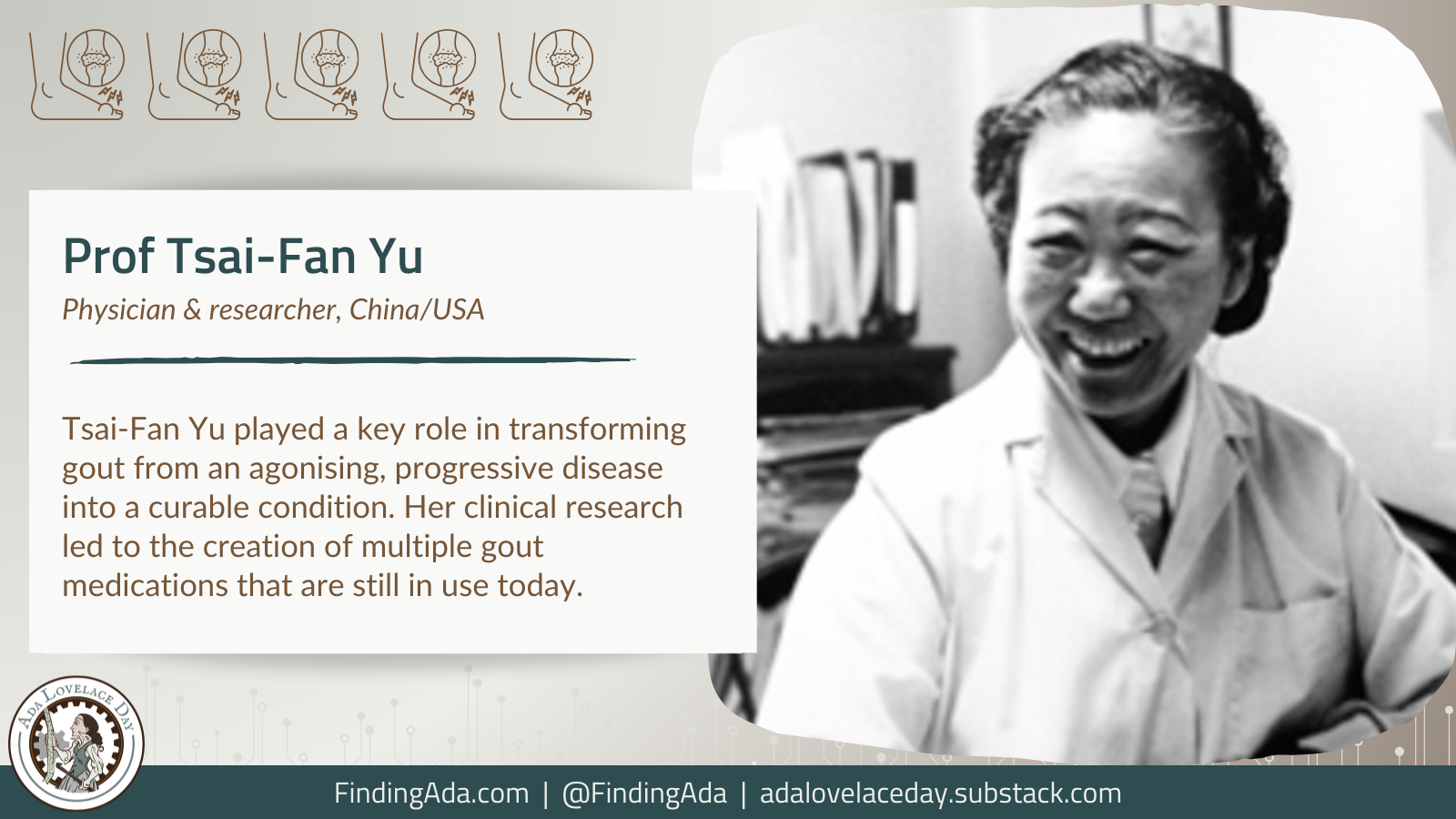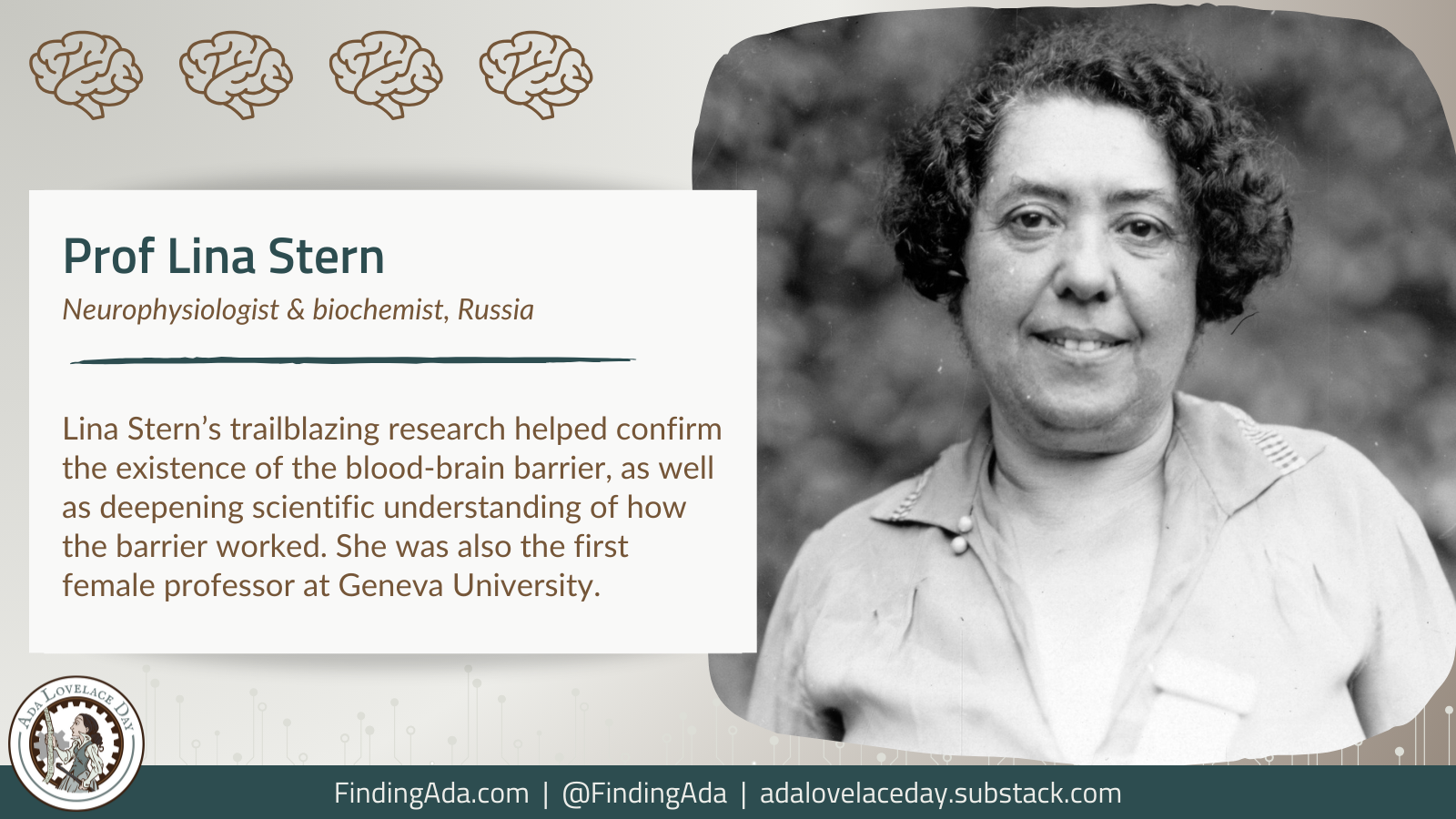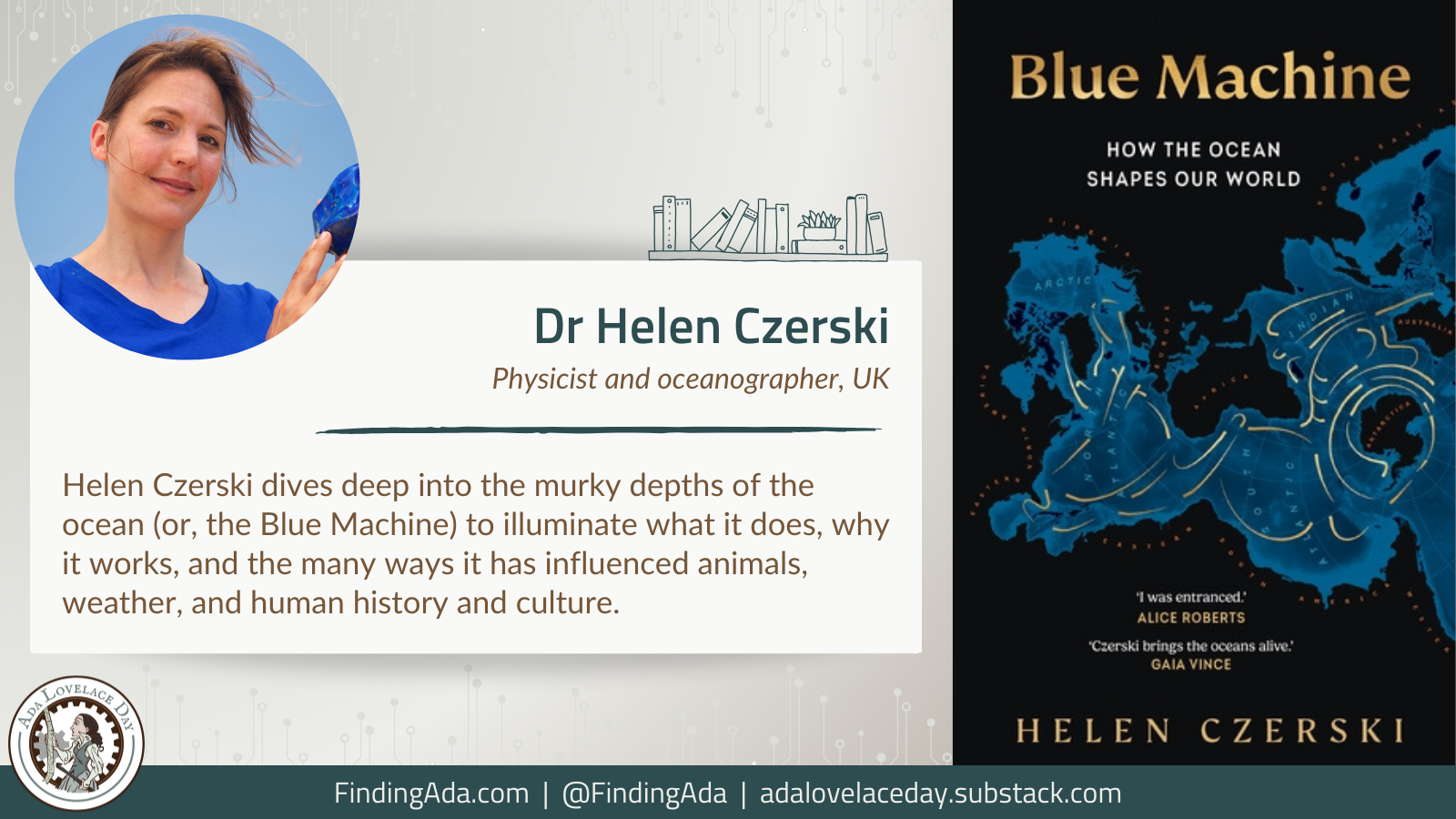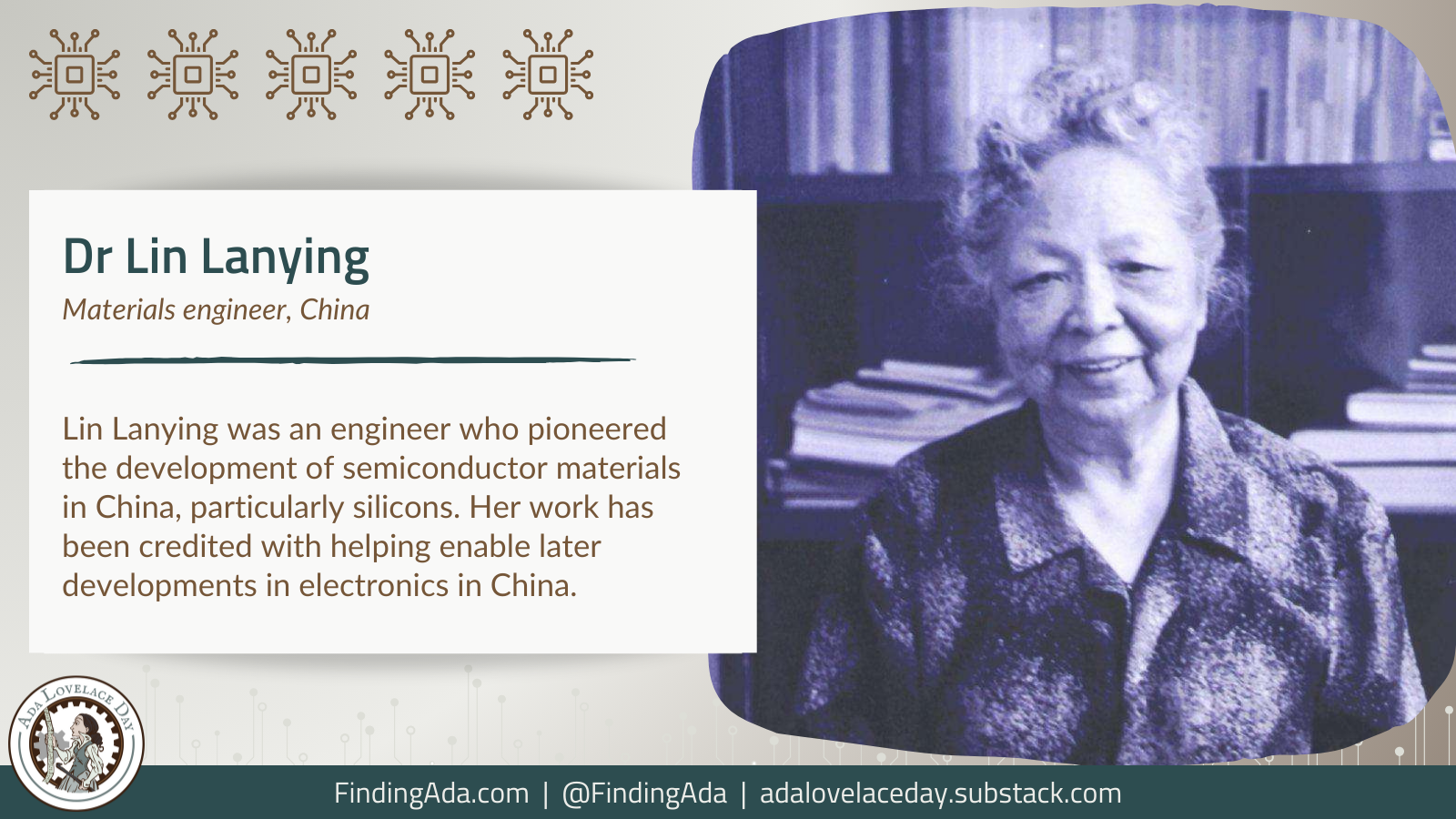Lab Hopping: Women Scientists in India, Aashima Dogra & Nandita Jayaraj
Embark on a one-of-a-kind journey through India’s science laboratories in pursuit of the true story behind the gender gap.
From Bhopal to Bhubaneswar, from Bangalore to Jammu, Aashima Dogra and Nandita Jayaraj engage in thought-provoking conversations with renowned scientists like Gagandeep Kang, Rohini Godbole, Kiran Mazumdar-Shaw and Prajval Shastri, as well as researchers at earlier stages of their scientific careers. These dialogues about the triumphs and challenges faced by women offer fresh perspectives on the gender gap that continues to haunt Indian science today.
Our labs are brimming with inspiring stories of women scientists persisting in science despite facing apathy, stereotypes, and sexism to systemic and organizational challenges. Stories that reveal both a broken system and the attempts by extraordinary women working to fix it. By questioning whether India is doing enough to support its women in science and if western models of science and feminism can truly be applied in India, the authors not only offer a comprehensive examination of the state of women in science but also offer a roadmap for the way forward.
Order the book here.
About the Authors
Aashima Dogra is a science writer with several years of experience communicating science in popular media. She studied Scientific Research and Communication at the University of Warwick and then went on to become a science journalist with The Asian Age, Deccan Chronicle, and then a science editor at Brainwave Magazine. When she is not travelling to laboratories around the country trying to sniff out fantastic stories, you will find her at her desk, which overlooks the snowy mountains in Himachal Pradesh, India.
You can follow Aashima Dogra’s work here:
Twitter: @aashimafreidog
Website: thelifeofscience.com/
Nandita Jayaraj is a freelance science writer and storyteller who started her career at The Hindu, followed by a stint at Brainwave, a magazine where she met her science-soulmate Aashima. Since completing her master’s degree in bioinformatics and a diploma in journalism in 2012, Nandita has been writing, editing, and creating various kinds of science media. She is also an author of several children’s books such as Anna’s Extraordinary Adventures with Weather and 31 Fantastic Adventures in Science, which she co-authored with Aashima Dogra. Nandita spends most of her time plotting new projects whilst flitting between Kerala and Karnataka, where she is lucky enough to have places that feel like home.
You can follow Nandita Jayaraj’s work here:
Twitter: @nandita_j
Website: thelifeofscience.com/
With thanks to Synergy for their support.




